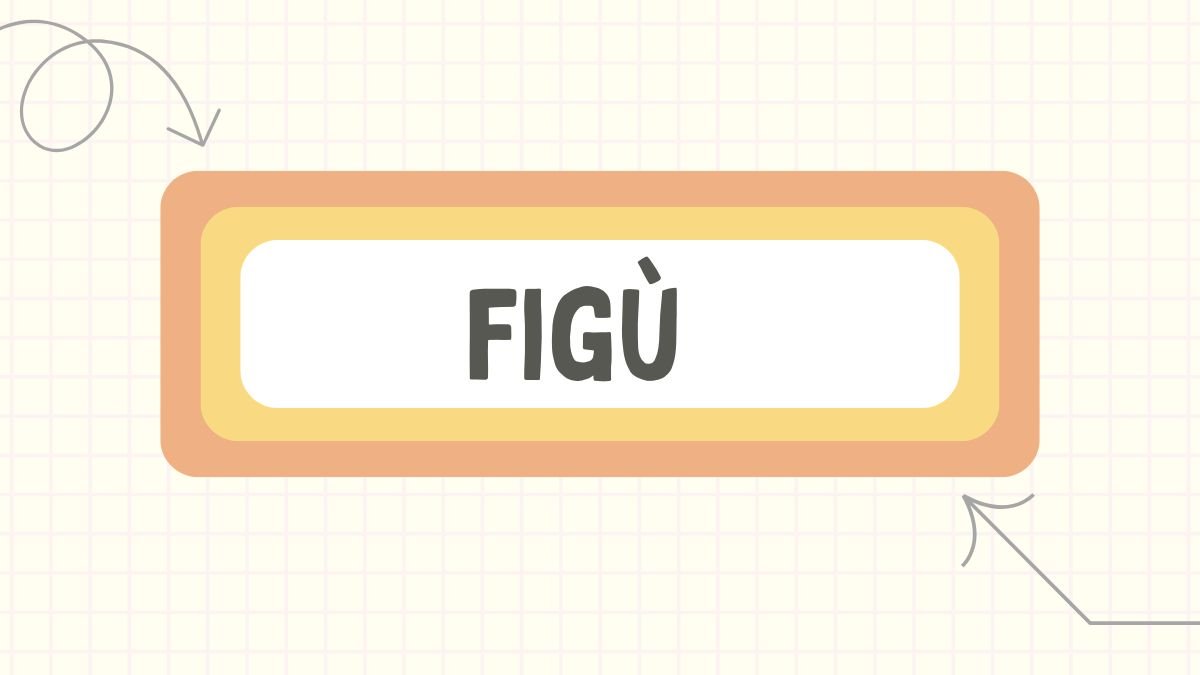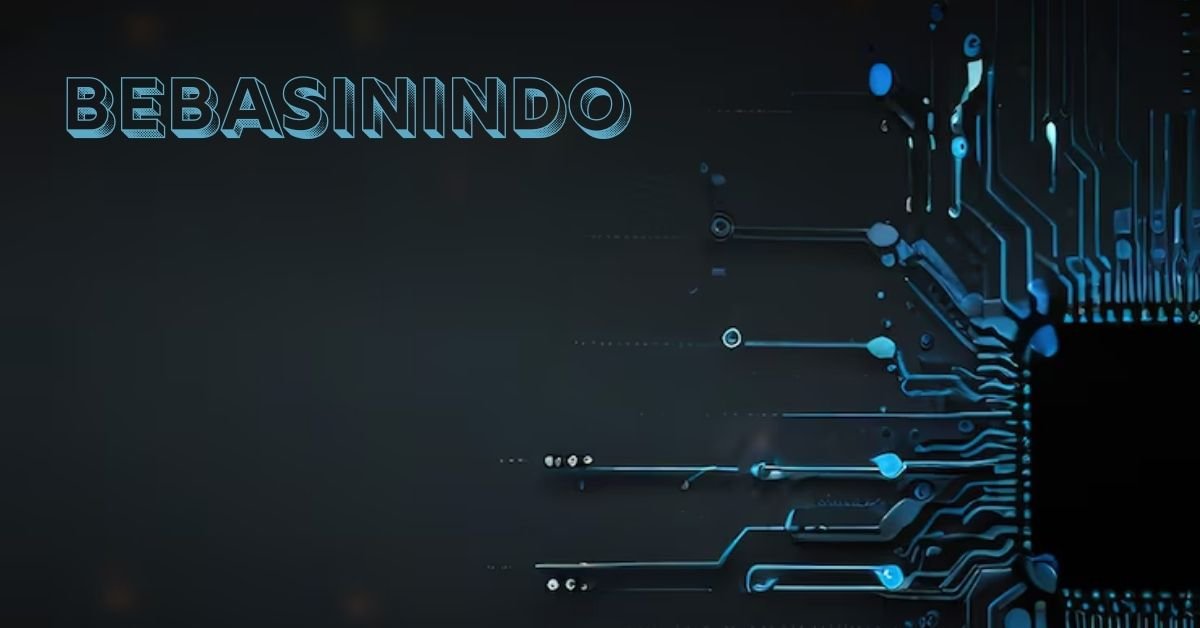Figù is a captivating topic that combines cultural history, mysticism, and tradition, making it an intriguing subject for those seeking knowledge about its origins and significance. In this article, we will explore the rich heritage of Figù, its cultural influence, and its importance in modern-day contexts. Let’s embark on a journey to uncover the mysteries surrounding it.
What is Figù?
Figù is often regarded as an ancient concept that holds cultural and spiritual significance in certain communities. It can refer to a symbol, a ritual, or even an object that connects people to their heritage or spiritual beliefs. The true meaning of it varies by region, but its common thread is its deep-rooted connection to tradition.
Origins of Figù
The history of Figù is shrouded in mystery, with its origins dating back centuries. It has been part of various cultures around the world, with each adopting its own interpretation. For many, it is a spiritual artifact passed down through generations, while for others, it represents a way of life tied to religious or mystical practices. Regardless of the interpretation, the origins of it are ancient and deeply respected.
Cultural Influence of Figù
Figù has had a profound impact on cultural practices. It is often used in rituals and ceremonies that are crucial to the identity of certain groups. From tribal gatherings to family events, It plays a central role in symbolizing unity, prosperity, or protection. It can be found in art, music, and dance, serving as a living reminder of tradition in a fast-changing world.
Spiritual Significance
Many cultures believe that it holds spiritual power. It is often associated with protection, guidance, and wisdom. In some communities, It is seen as a conduit between the physical world and the spiritual realm, offering individuals a way to connect with their ancestors or divine beings. This spiritual connection makes it an essential part of religious practices.
How Figù is Used in Rituals
In traditional rituals, Figù is often at the center of ceremonies. Its usage can range from being worn as an amulet to being placed on altars as a form of offering. It might be used in prayers, meditation, or chants that invoke blessings or protection. The specific ways in which it is used can vary, but its presence is always meant to bring balance, peace, or prosperity.
The Role of Figù in Modern Society
While Figù is deeply rooted in ancient tradition, it still holds relevance in modern society. In many parts of the world, people continue to incorporate it into their daily lives, whether for spiritual purposes or as a reminder of their cultural heritage. It serves as a bridge between the old and the new, reminding us of the importance of maintaining connections to our roots.
Artistic Depictions of Figù
Figù has inspired countless forms of art throughout history. From intricate carvings to paintings and sculptures, Figù has been depicted in a variety of creative mediums. These artistic expressions often reflect the cultural and spiritual significance of it , allowing people to appreciate its beauty and meaning even if they are unfamiliar with its origins.
The Symbolism of it’s in Jewelry
Jewelry is one of the most common ways that it is worn or carried. Many cultures craft necklaces, bracelets, or rings that feature Figù symbols, believing that wearing these pieces brings protection or good fortune. The intricate designs of it in jewelry often tell stories or hold deep meanings, making them more than just decorative items.
Figù as a Symbol of Protection
One of the most enduring beliefs about it is its ability to protect those who carry or display it. In many traditions, Figù is thought to ward off evil spirits, bad luck, or harm. People might place its symbols in their homes, wear them as talismans, or incorporate them into important life events such as weddings or births, ensuring protection for themselves and their loved ones.
The Evolution Through Time
As societies have evolved, so has the concept of Figù. What started as a purely spiritual or cultural practice has adapted to modern times, with people finding new ways to interpret and incorporate it into their lives. Whether as part of a fashion trend, a spiritual journey, or a connection to the past, It continues to evolve while maintaining its core significance.
Contemporary Relevance
In today’s world, where many people seek a deeper connection to their ancestry or spirituality, It has found renewed interest. Modern practitioners of ancient traditions have brought it into the spotlight, using it in ways that reflect current societal values. It has become a symbol of identity, resilience, and continuity, offering a way for people to reconnect with their cultural heritage in meaningful ways.
How it Connects Generations
Figù is more than just a symbol or ritual; it is a means of connecting generations. The passing down of Figù traditions from one generation to the next helps to preserve cultural identity and spiritual beliefs. In this way, It serves as a living link between the past and the future, ensuring that heritage and traditions are not lost.
Global Perspectives
Although Figù may originate from specific regions, its influence has spread globally. In different parts of the world, people have adopted it in various forms, creating a unique blend of cultural exchange. This global perspective allows it to transcend boundaries, offering universal themes of protection, unity, and tradition.
The Importance of Preserving it’s Traditions
Preserving it traditions is vital for maintaining cultural diversity. In a world that is becoming increasingly homogenized, Figù offers a way to celebrate unique identities and histories. Protecting these traditions ensures that future generations can continue to learn from and build upon the wisdom of their ancestors.
Figù in Popular Culture
In recent years, Figù has found its way into popular culture, with references in movies, books, and even fashion. While these representations may differ from traditional practices, they bring attention to the importance of cultural symbols like it . As it becomes more recognized, its deeper meanings continue to inspire curiosity and reverence.
Conclusion
Figù is a fascinating and multifaceted concept that embodies culture, spirituality, and tradition. Its journey from ancient origins to contemporary relevance is a testament to its lasting significance. Whether as a symbol of protection, a work of art, or a spiritual guide, Figù continues to inspire and connect people across generations. Its preservation is crucial for keeping the rich diversity of human culture alive.
FAQs
What does Figù symbolize?
Figù often symbolizes protection, unity, or spiritual connection, depending on the cultural context.
How is Figù used in modern society?
In modern society, It is used in rituals, as jewelry, or as a cultural reminder, blending ancient practices with contemporary life.
Can Figù be worn as a talisman?
Yes, many cultures wear Figù as a talisman for protection or good fortune.
Is Figù recognized globally?
While It originates from specific regions, its influence has spread globally through art, fashion, and spirituality.
Why is it important to preserve Figù traditions?
Preserving it’s traditions ensures the continuation of cultural diversity and the passing down of spiritual and historical knowledge.











